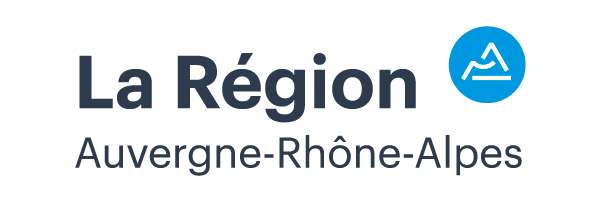Its fleet of manufacturing and characterization equipment now offers a wide range of possibilities, always representative of the industry and consistent with major trends.
The organization and working methods as well as the layout of the workstations have been redefined for greater platform versatility and better ergonomics for the personnel; a necessary point in a context of continuous increase in the size and weight of the modules.
Manufacturing processes: New equipment allows the interconnection of the latest generation of cells. Different techniques are now possible, aimed at increasing module performance (half-cell formats; new shingle type architectures); or to promote the low-temperature interconnection of heterojunction cells (SmartWire technology that uses wires instead of copper tapes or the use of conductive adhesives).
The CEA-INES laminator park also extends the possibilities of new panel manufacturing processes, in particular by playing with temperature and pressure parameters.
Indoor and outdoor characterization: Photovoltaic panel characterization equipment has been added to the platform with a greater number of measurements (power, electroluminescence defects, etc.); and the means of testing in real outdoor conditions are being completely renovated to respond more rapidly to the needs of the partners.
Accelerated ageing: The fleet of accelerated ageing chambers now allows thermal cycling tests with slopes and temperature ranges representative of spatial conditions. This unique equipment makes it possible to propose innovations for space applications (probes, orbital satellites). Additional means analyse the impact of ultra-violet rays on materials for applications at altitude or in space.
These improvements extend the investments previously made in the framework of the Equipment of Excellence (DURASOL project).
 These investments were made thanks to co-financing from the Auvergne Rhône Alpes Region as part of the plan to support research and development activities.
The Region has been supporting INES since 2005, of which it is a founding member.
These investments were made thanks to co-financing from the Auvergne Rhône Alpes Region as part of the plan to support research and development activities.
The Region has been supporting INES since 2005, of which it is a founding member.